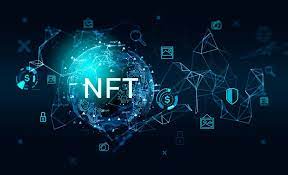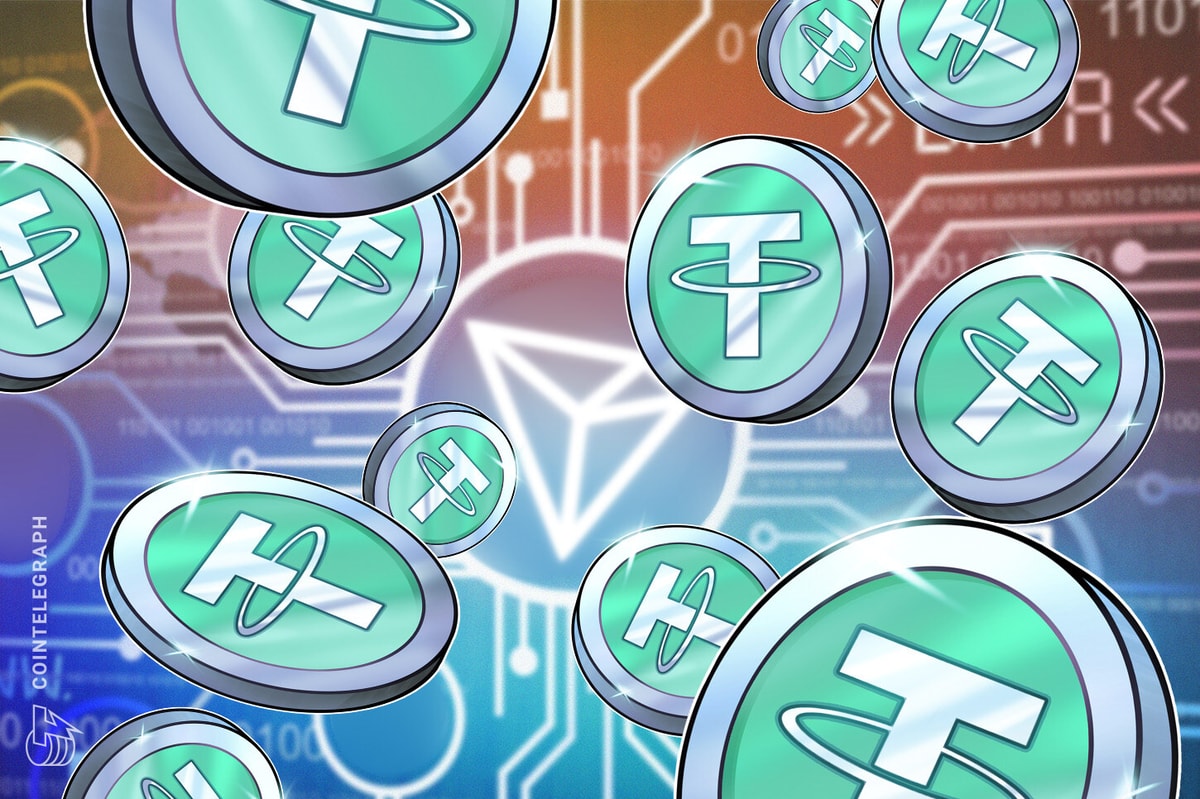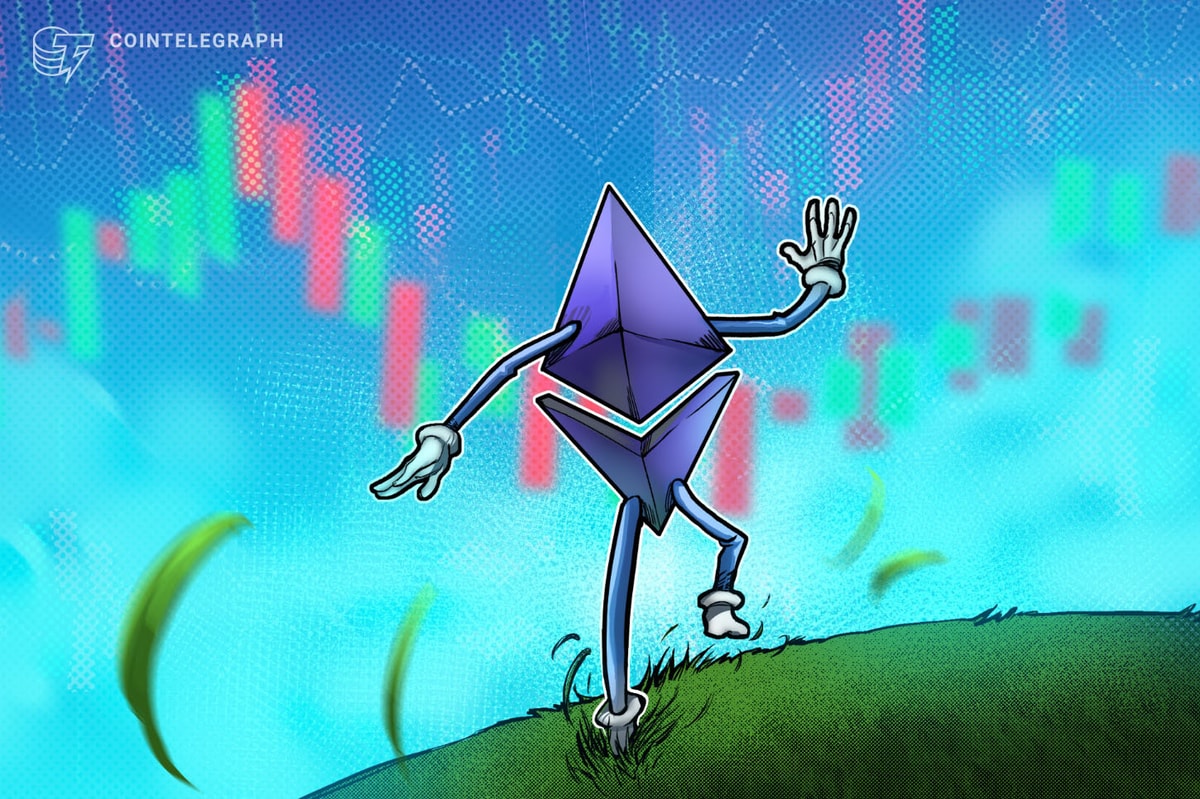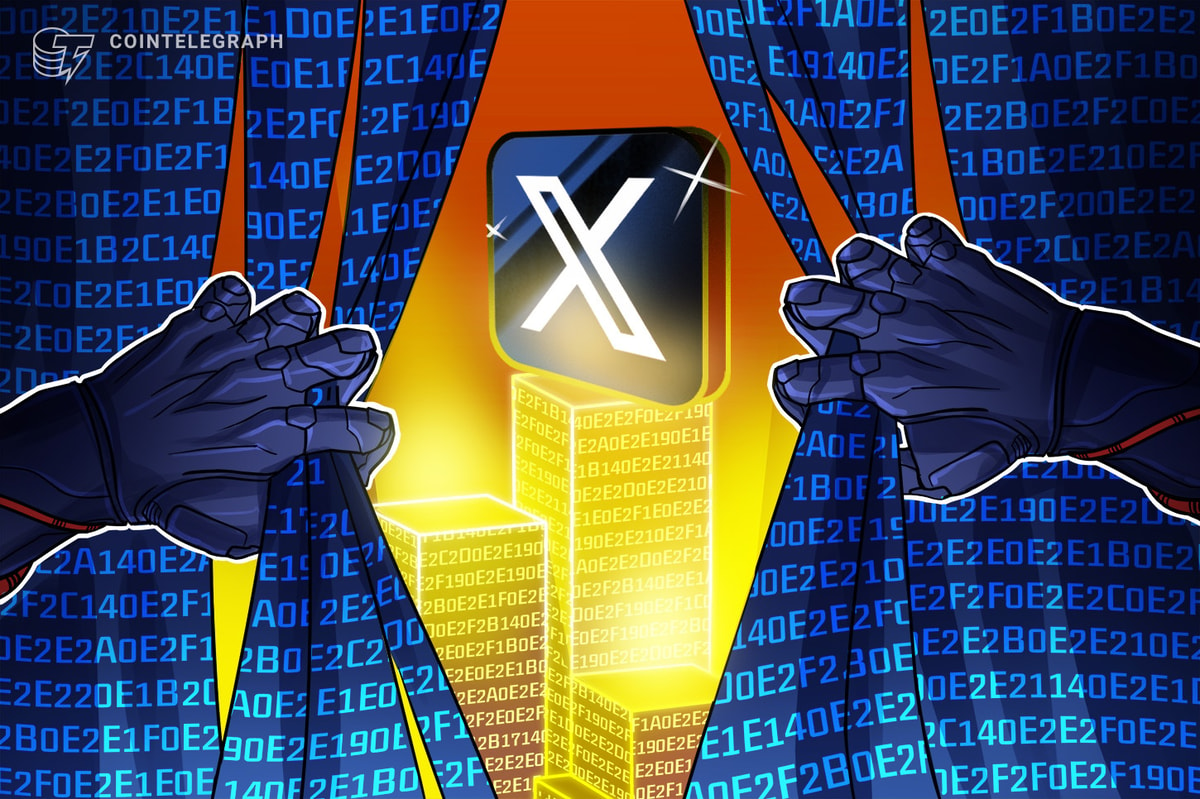What is TRON (TRX)?
Through the use of blockchain technology and decentralized apps (DApps), the TRON (TRX) network is committed to furthering the decentralization of the internet. The TRON network, which was established in September 2017 by H.E. Justin Sun, has kept up its excellent performance since the launch of its mainnet in May 2018.
In July 2018, BitTorrent, a pioneer in decentralized services with close to 100 million monthly active users, was also acquired and integrated into the TRON ecosystem. Additionally, TRON, which surpassed Tether (USDT) on Ethereum in April 2021, contains the largest global circulating supply of stablecoins. The TRON network became a wholly community-governed decentralized automated organization (DAO) in December 2021 after decentralizing fully.
The TRON Foundation, often known as TRX, has released TRONIX, a mainnet token based on the TRON Protocol. On the TRON blockchain, TRX tokens serve as the fundamental unit of accounts, and the value of all other coins is derived from that of TRON. Other tokens include BitTorrent (BTT), JUSTt (JST), USD Coin (USDC), Tether (USDT), and NFTs.
All TRC-based tokens naturally use TRX as a medium of exchange. With several application scenarios that drive transactions and applications on the chain, TRX unites the whole TRON ecosystem.
This article will deep dive into how TRON works and how to use and stake TRON as well as explore if the TRON network is secure.
How does TRON work?
A compact, Turing-complete virtual machine called the TRON Virtual Machine (TVM) was created for the TRON ecosystem. Its objective is to deliver a tailored blockchain system that is effective, stable, practical, safe and scalable. The TVM-compatible tokens are implemented via smart contracts using the TRC-20 technical standard and are entirely ERC-20 compliant.
In addition to the above, the storage, core and application layers make up TRON's architecture. Consensus, account management and smart contracts are the various modules in the core layer. A delegated proof-of-stake (DPoS) is the consensus mechanism used by TRON to achieve consensus.
A blockchain consensus technique called delegated proof-of-stake enables users to use their currencies to cast votes for different delegates. Once elected, these delegates have the power to decide important matters that affect the entire network.
Twenty-seven super representatives (SRs) who are responsible for keeping track of the transaction history in the TRON ecosystem validate transactions. Every six hours, a super representative is picked, and in exchange for their services, they receive a TRX coin produced by the mechanism. Every three seconds, a new block is added to the TRON blockchain, and those who add blocks are given 32 TRX coins.
On TRON, an efficient instruction set and a stack-based virtual machine are used. TRON's smart contracts are written in Solidity and other advanced languages. Furthermore, Block Storage and State Storage make up the distinctive distributed storage protocol created by TRON. To better fulfill the demand for varied data storage in the actual world, the idea of a graph database was incorporated into the architecture of the storage layer.
On TRON, developers can design a wide variety of DApps and unique wallets. Moreover, the possibilities for utility applications are endless since TRON makes it possible to deploy and execute smart contracts. But what makes TRON so unique?
The Witness Node, the Full Node and the Solidity Node are the three different types of nodes on the TRON network. Witness Nodes are created by SRs and are primarily in charge of creating and voting on proposals as well as producing blocks. Application programming interfaces (APIs), transactions, and blocks are broadcast by Full Nodes. Blocks from other Full Nodes are synced via Solidity Nodes, which also offer indexable APIs.
Moreover, regular accounts, token accounts, and contract accounts are the three different types of accounts available on the TRON network:

What are the benefits of TRON (TRX)?
Users can participate in the selection of the super representatives by holding and staking TRX. Additionally, it is beneficial for the platform to allow content creators to receive payment for their efforts while still maintaining complete control of their works.
As a result, TRON's cryptocurrency ecosystem is unique in that it enables you to share your content with others while receiving payment for the information and content you produce as a content creator. Additionally, the transaction fee on TRON's decentralized digital platform is as low as $0.000005.
Furthermore, transactions on the TRON network happen incredibly quickly because it supports up to 2000 transactions per second. In comparison, Bitcoin (BTC) boasts three to six transactions, and Ethereum (ETH) permits 25 transactions.
In terms of trading, TRX coins can be traded between global buyers and sellers 24/7. If you are a beginner in this space, please consider learning the various cryptocurrency trading strategies before investing your hard-earned money.
How can you buy TRON tokens?
On cryptocurrency exchanges like Binance and Kraken, you can purchase TRON using a credit or debit card. Before purchasing, you must first create a TRON wallet and get it approved. On the Binance exchange, you will first need to buy any of the listed stablecoins, which can then be used to buy TRON. After purchasing TRON tokens, many users save their TRON in the hopes that its value will rise or it can be used for trading.
If you choose to buy TRON tokens on the Kraken exchange, please follow the steps below:

You can also buy TRON with PayPal on eToro (a brokerage firm) by following the below steps:
Create an account on eToro and confirm your email address to proceed.
After your account is created, click on "Complete Profile" to verify your account information.
By verifying your account, you will be able to deposit funds. In the payment method tab, you can select "PayPal" and the currency in which you want to pay.

Log in to your PayPal account to confirm the payment.
Then, click on "Watchlist," type "TRON" in the search bar, click on "Trade," and enter the amount that you are willing to invest in the TRX token.

Click "Open Trade" to complete the purchase and see your open position.

How to stake TRON?
Staking TRON requires a Trust Wallet and enough TRON to pay the transaction fees. Follow the below steps to learn how to stake TRON.
Get your Trust Wallet TRON address
You must click the receive button, type "TRX" into the search bar, choose TRON, and then copy the address to receive TRX in your Trust wallet. Once you have this address, you may use it to buy TRX and withdraw it to your Trust Wallet TRON Address from your favorite centralized exchange. Be careful while withdrawing funds through the "TRON Network."
Select a TRON validator of your choice
On the wallet's home page, you click on the TRX card. Next, you must select "Stake" from the popup menu by clicking on the blue "More" button. By clicking on "validator," you can choose your preferred validator.
Stake your TRX
Simply enter the amount of TRX you wish to stake after choosing your desired validator, then click "Continue" and "Confirm." Your TRX has now been staked, and you will start receiving rewards every two weeks.
Should you invest in TRON (TRX)?
Before making any investment decision, you should know the project's background, team, vision and prospects, followed by your financial objectives. That said, you should also consider the risk-return tradeoff for your potential investment. If you want to buy TRON, please be aware that you'll need to pay capital gains tax on any profits you earn.
Related: Cryptocurrency tax guide: A beginner's guide to filing crypto taxes
Also, you need to set up an exchange account before buying or selling TRON and may need to pay deposits or withdrawal fees. If you are willing to do so, please ask yourself: Is TRON secure enough to offer the desired return on investment? If the answer is “yes,” you may proceed with your investment decision or vice-versa.
If you invest in any project without proper due diligence, you may lose your money, especially in a bear market, or face risks you are unwilling to bear. During a bearish market, make sure to familiarize yourself with critical parameters or metrics before making any investment decision.











